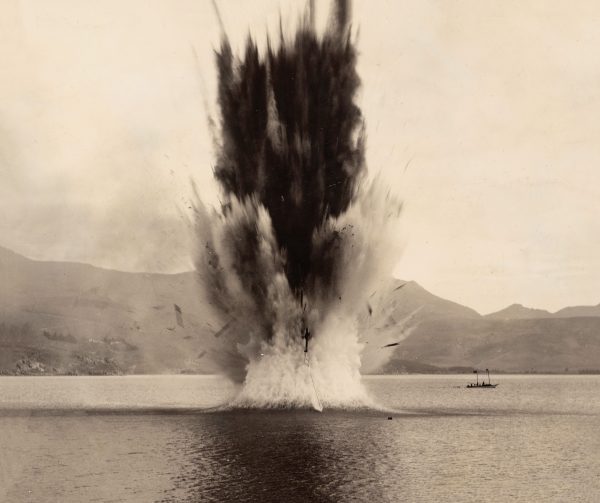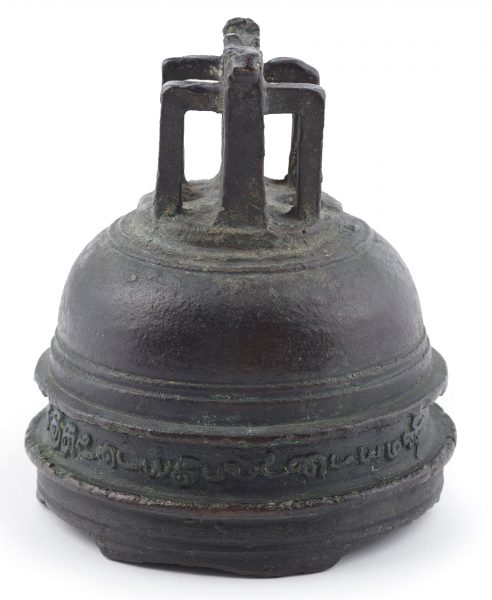The great Nazi hoax
‘Captain Calder’ scams the government.

On Monday, March 29, 1942, during the darkest days of the Second World War, a tall and slightly built man by the name of Sydney Ross strode into the Wellington parliamentary office of the minister of national service, Robert Semple, to recount an alarming story. Nazi agents, secretly put ashore by submarine, were now active in the North Island. While waiting at Te Awamutu railway station, Ross had been approached by one of the agents and invited to join a cell of saboteurs in Ngongotahā, near Rotorua.
The news got Semple’s attention. Darwin had recently been bombed by several hundred Japanese planes, and Australia and New Zealand were braced for invasion. Days earlier, a 20-strong spy ring had been uncovered across the Tasman, adding credence to Ross’s report. Semple took Ross to Prime Minister Peter Fraser, who put the case in the hands of Major Kenneth Folkes, a former English solicitor now in charge of New Zealand’s fledgling Security Intelligence Bureau (SIB).
Folkes seized on Ross as a hook to catch the German agents. A self-confessed petty criminal with safe-breaking skills, 33-year-old Ross was given a fast car from the United States and a generous expense account. Working undercover as Captain Calder of the Merchant Navy, he was installed in Rotorua’s Grand Hotel.
Ross took to his new role, living the high life, travelling widely, and stoking national insecurities with details of planned sabotage and a plot to kidnap or assassinate several cabinet ministers. He was even able to produce a list of 20 conspirators—including 14 Germans and two New Zealanders—that he got from the sleeper cell’s mastermind, a man named Charles Remmers.
Meanwhile, Folkes wrote a brisk letter to the prime minister claiming that investigations by the SIB “prove that the story we heard has substance”.
Ross, for one, would have been pleasantly surprised by this revelation, as he had made the whole thing up. It seems that he had been encouraged in concocting his ruse by Remmers, a former police officer-turned-criminal who he had met while serving time in Waikeria Prison.
Indeed, on visiting SIB headquarters, Ross must have been dumbfounded to see that his own notes on the Nazi plot accounted for only a third of the ‘evidence’ on the case. The bulk had been contributed by staff of the SIB itself.
Folkes was evidently embellishing and exaggerating the fanciful tales of his informant in order to extend the powers of the SIB. He asked for more troops and argued for new emergency regulations, including the power to imprison without trial, in order to deal with the scale of the conspiracy.
The hoax began to unravel when police detectives found the supposed Nazi headquarters in Ngongotahā to be occupied only by a frail government clerk, a drycleaner, and several nurses.
Reflecting on the sorry saga of deception that it had been the first to report on, the newspaper New Zealand Truth called for a security organisation staffed by New Zealanders with common sense, who would not fall for a story “that even a Hollywood scenario writer would turn his nose up at”.
The SIB was taken over by the commissioner of police, and Folkes returned to England in disgrace. The incorrigible Ross, who was never charged for his part in the hoax, later served time for other crimes, and died of tuberculosis in 1946.

















